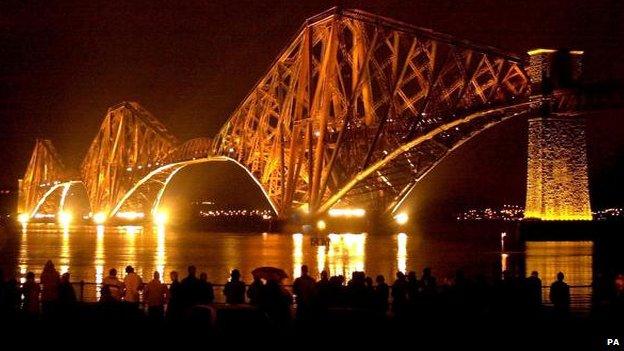Forth Bridge: Facts, figures and photos
- Published
For 125 years it has been an icon of Victorian engineering excellence, a symbol of Scotland and even a favourite expression for a never-ending task.
Now, the Forth Bridge has been granted Unesco World Heritage Site status, putting it alongside the Pyramids of Egypt, the great Wall of China and the Sydney Opera House in terms of cultural significance.
We've brought together some facts and figures - and some great pictures - of one of Britain's best-known structures.
When it was opened on 4 March 1890 by the then Prince of Wales, the Forth Bridge was the longest cantilever bridge in the world and the first major crossing made entirely of steel.
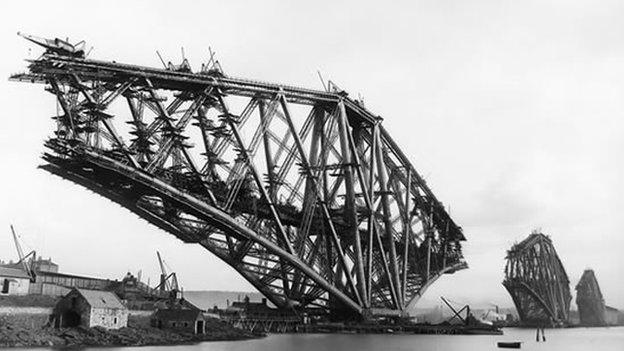
Though regarded as a Scottish icon, it was designed by two English engineers, Sir John Fowler and Benjamin Baker, and took eight years to build at a cost of £3.2m. Seventy one workers are known to have been killed during construction.
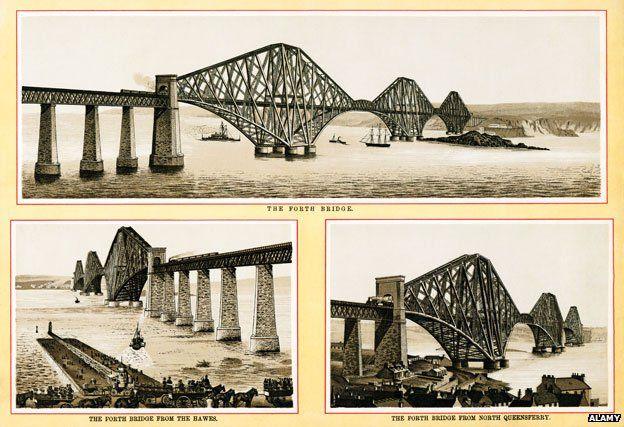
Spanning 1.5 miles (2,529m), weighing 53,000 tonnes and containing 6.5m rivets, the bridge, now operated by Network Rail, still carries 200 trains per day over the Firth of Forth, linking Fife with the Lothians.

As its fame grew beyond the world of engineering, the bridge entered the common lexicon when the job of painting it was used to represent a task that never ends.
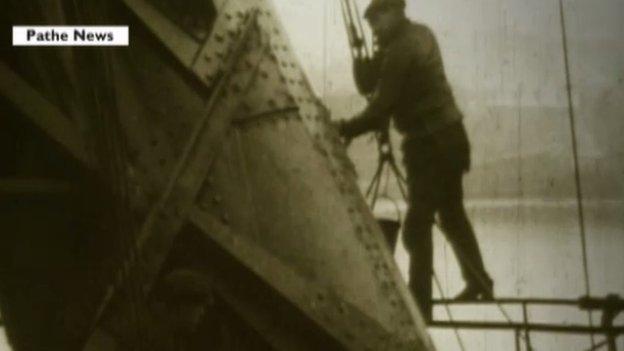
However, in 2011 it was revealed that the latest paint job, which took 10 years and cost £130m to complete, should last for at least 25 years.

In 1964, the famous rail crossing was joined on the firth by the Forth Road Bridge.
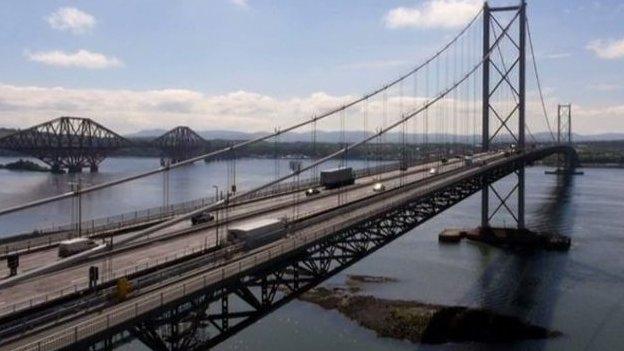
A third bridge, the Queensferry Crossing, is currently under construction at a cost of around £1.4bn and is due to open in late 2016.
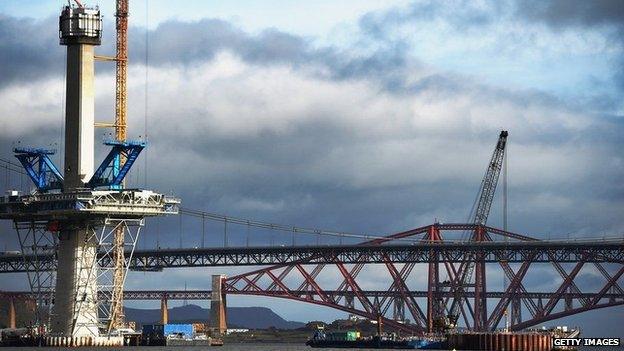
On nomination for World Heritage Status, Unesco was unstinting in its praise for the bridge, with its inspectors stating: "Innovative in design, materials, and scale, the Forth Bridge is an extraordinary and impressive milestone in bridge design and construction during the period when railways came to dominate long-distance land travel."
